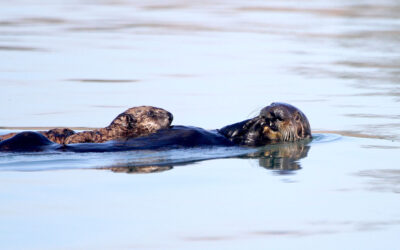In the past decades a large number of materials-research teams have focused their efforts on developing titanium dioxide photocatalysts for environmental remediation. The tremendous appeal of such materials lies in their demonstrated ability to eliminate or otherwise neutralise harmful chemical and biological contaminants commonly found in water resources, without the consumption of chemical reagents and with the sole energy input of sunlight.
Relative to commonly employed approaches that utilise powder-suspensions or films deposited on flat substrates, the deposition of TiO2 as coatings on grains of sand presents an effective low-cost approach to providing enhanced levels of available catalyst surface area while maintaining easy material recoverability from treated water.
Now, in newly published research, Australian researchers Dorian Hanaor and Charles C. Sorrell report the fabrication of well adhered mixed nanocrystalline anatase-rutile TiO2 coatings on grains of quartz, rutile and zircon sands, applied for the inactivation of E.Coli bacteria in recirculating water. Their findings illustrate the attractiveness of using sand based granular substrates as a means of overcoming the obstacles of cost, performance and robustness in oxide photocatalysis for water treatment applications.
















